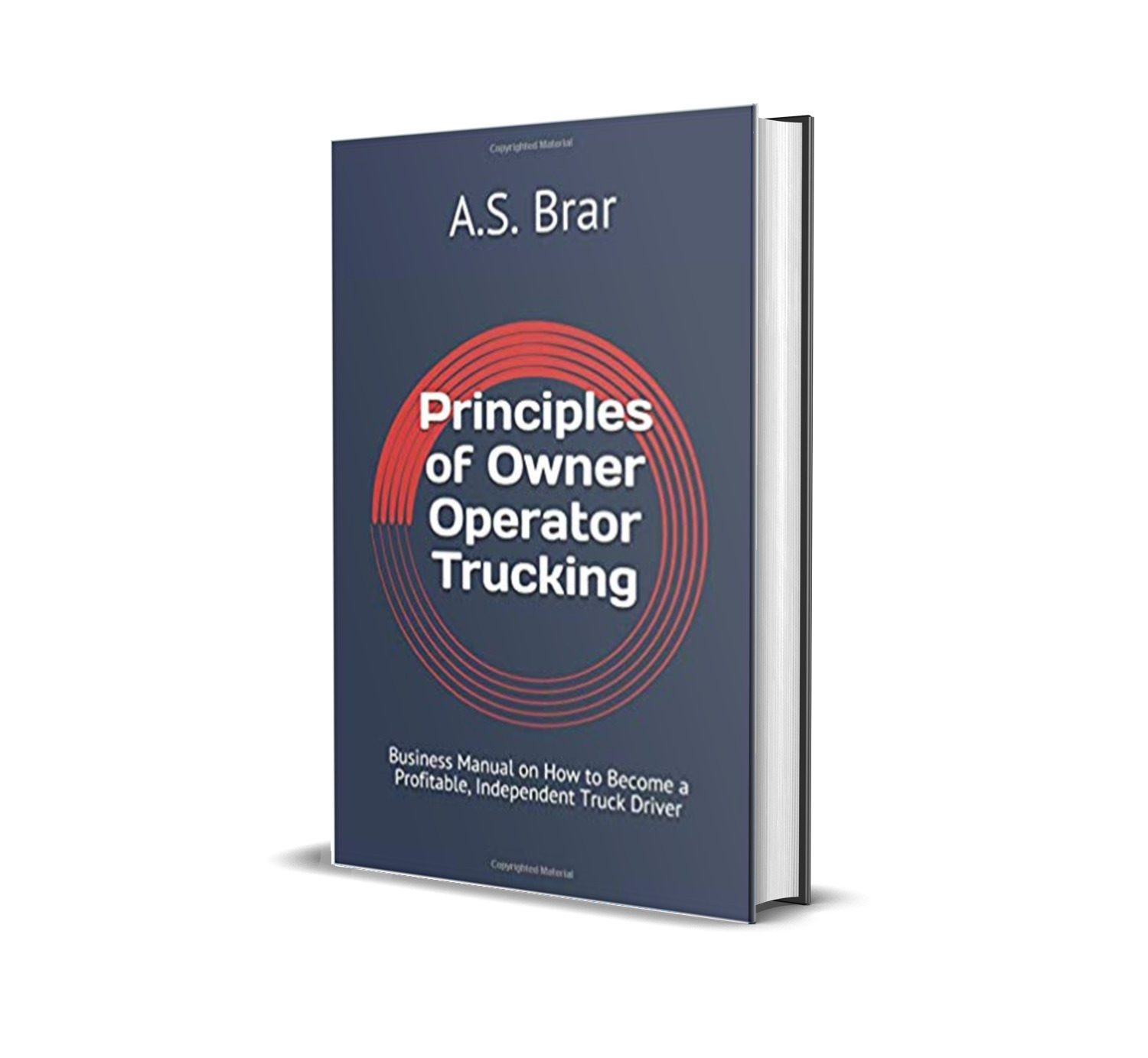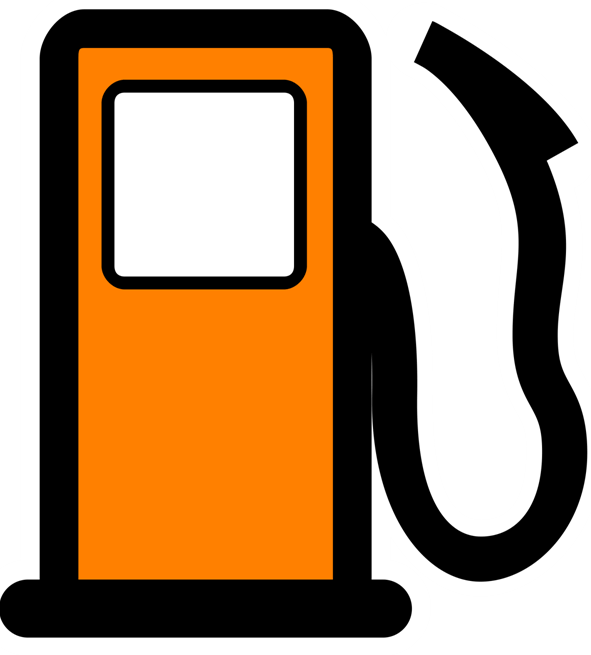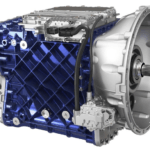A semi-trailer-truck is categorized as a class 8 vehicle because of its gross vehicle weight rating (GVWR). Trucks that have a weight limit of 33,001 pounds are classified as class 8 trucks. These classes have been created by the Department of Transportation’s Federal Highway Administration (FHWA) in the United States. However, most countries also base the classification of commercial vehicles and trucks by gross vehicle weight rating (GVWR).
Some examples of common class 8 highway cab trucks include:
- International LoneStar
- Kenworth T660
- Western Star 4900
- Volvo VNL Series (eg. 760, 740)
- Peterbilt 389, 579, 587
- Mack Pinnacle
- Freightliner Cascadia
The main manufacturers of class 8 trucks in North America are Navistar International, PACCAR (Kenworth and Peterbilt), Daimler (Western Star and Freightliner), Volvo, and Mack.
Each truck manufacturer builds and sells their own engines but also use engines from Cummins whom are a dedicated producer of engines and other power generation products including the diesel engine. The main component of a semi-tractor that is also the reason why it is called the power unit is the engine. Engines can be classified by fuel type, engine cycle, and type of ignition. In this article, the different types of semi-truck engines will be explored in order to determine the best semi truck engine.
The Natural Gas Engine
With environmental conservation and fuel efficiency/costbecoming a greater issue in the industry, there are alternative engines used in heavy-duty trucks. Every year, a greater number of fleets are moving to using natural gas engines because fuel cost is significantly less than diesel or gasoline. However, a downside is that natural gas engines contain 20% less volume of energy compared to diesel engines which means truckers need to refuel more often.For example, 1.7 gallon of LNG is equivalent to 1 gallons of diesel and 3.8gallon of CNG is equivalent to 1 diesel gallon.
The way in which the fuel is stored determines whether the engine will run on compressed natural gas or liquified natural gas (propane). CNG are not adept for heavy-duty applications so they will not be covered here. Because LNG or Propane is less dense than diesel fuel, it does require a larger tank to store the same amount of energy. There are weight implications that will affect your trucks performance because diesel has the best weight-energy density ratio as opposed to propane. Also, LNG has a short shelf life of 7 days so it is mainly suitable for fleets that are constantly in motion and not idle for long durations.
The Diesel Engine
The primary type of fuel found in truck power units is diesel. Once the ignition is started the cylinders are heated through the injecting of fuel at high pressures. A diesel engine requires spark plugs to start the combustion process. Once the engine is heated to optimal levels, the accelerator must be pressed and the ignition turned to start the engine. Therefore, unlike gasolines engines, diesel engines only deliver fuel to the cylinders for it to burn upon the start of the ignition.
There are two types of diesel fuels, Diesel One and Diesel Two. Most diesel fuels come with a Cetane rating of 40-55.A Cetane rating is similar to how octane ratings relate to gasoline engines. Octane is the properties present in gasoline engines that prevent pre-ignition which can cause damage to the engine from occurring. Pure cetane has a rating of 100 and this level of cetane will produce a smooth-running engine but present drawbacks on fuel economy. Diesel fuel #1 or 1-D is more volatile with a higher cetane number so it is better suited for cold weather conditions.
For normal driving conditions, truckers rely on Diesel #2. Any fuel that can be injected into the combustion cylinders under pressure to create warm enough temperatures to complete combustion can be used in diesel engines. While a fractional distillate of petroleum fuel oil called petrol-dieselis the primary diesel fuel in use today, biodiesel, and even vegetable oils can be used. A diesel engine requires maintenance every 12,000 to 30,000 hours of operation or roughly 2,000 12-hour driving periods. There are also several smaller periodic maintenance procedures required.
Cummins Engines is strictly dedicated to manufacturing engines and their diesel engines can be found in all of the big Heavy-Duty Truck Brands including Freightliner, International, Kenworth, Mack, Peterbilt, Volvo, and Western Star. Cummins builds two types of diesel engines for heavy-duty trucks of which are the ISX15 and ISX12.
Cummins ISX15 manufacturing began in 2013 and is their latest engine for heavy-duty trucks. ISX15 generally boasts the best fuel economy amongst all sleeper cab diesel engines. The horsepower ranges from a minimum of 400 to a maximum of 600. The ISX15 is favored by the EPA and DOT. The 2013 ISX15 is equipped with On-Board Diagnostics to monitor and validate ideal fuel emissions system.
The following table outlines the brands and truck models which feature a Cummins ISX15 diesel engine:
| Brand | Model(s) | Engine |
| Freightliner | Cascadia, Coronado, 122SD | ISX15 |
| International | ProStar, 9900i, LoneStar, PayStar ,HX | ISX15 |
| Kenworth | T660, T680, T800, T880, W900, C500 | ISX15 |
| Mack | Pinnacle Titan | ISX15 |
| Peterbilt | 389, 579, 587 | ISX15 |
| Volvo | VNL Series | ISX15 |
| Western Star | 4900 | ISX15 |
Detroit Diesel is a dedicated diesel engine manufacturer with its main engines being the DD13, DD15, and DD16. DD15 is generally considered the optimal engine and is also very common among truck manufacturers. Detroit Diesel is owned by Daimler who also manufacture Mercedes diesel engines sometimes found in Freightliner trucks. Daimler also owns Freightliner, and Western Star.
The DD13 is best suited for LTL shipments, regional distribution, and for vocational purposes such as driver training. The horsepower to torque ratio is better in DD15 engines than DD13 mainly because when brake horsepower (BHP) exceeds 410, there is a sharp decline in torque lb.-ft. The longer the connecting rod is, the greater the depth of the cylinder and the greater the torque. Torque is calculated by multiplying the horsepower with 5252 / RPM.
The DD15 engine is available in Freightliner Cascadia and 122 SD models, Western Star 4900 and 5700XE.
Volvo Engines
Volvo is both a manufacturer of diesel truck engines and heavy-duty trucks. The main engines Volvo carries for its sleeper cabs is the D-13 and Cummins X15. The D13TC Turbo Compounding engineis suitable for long-haul operations requiring cruise speeds because it captures and harnesses energy that is lost through the exhaust. It also features a low fiction wave piston which increases friction and reduces emissions. Its power rating ranges from 375 to 500HP. The D13 Engine is featured in the Volvo VNL series in models such as 740 and 760.
Mack MP8
The Mack MP8 engine is suitable for highway workloads. It is also adept for vocational purposes such as trucks used by truck driving schools. It has a decent horsepower range which is 415-505. The torque is 1460-1860 lb-ft. The new wave motion piston has boosted fuel efficiency by a couple of percent. However, the engine has showed issues with its fuel injectors. The MaxiCruise and Ecodyne are the ideal Mack MP8 variations for big rigs. The Mack MP8 engine is featured in the Mack Pinnacle Sleeper trucks.
Paccar Engines
Paccar is the parent company of Kenworth and Peterbilt. Both Kenworth and Peterbilt use Paccar engines and also feature Cummins engines as well. The MX-13 is Paccar’s most powerful engine for class 8 trucks. Its horsepower ranges between 405-510. The base warranty starts at 250,000 miles. The MX-11 can also be used for heavy duty applications but it is better suited for lighter loads such as LTL shipments.
Note: We did not review Navistar International engines because they are not recommended. If you are considering an International truck, the best we recommend is to buy one with a Cummins engine or upgrade to an engine manufactured by a different company.
Caterpillar (CAT) engines have been very favored amongst truckers due to its reliability but due to new emissions standards, CAT has discontinued making class 8 truck engines since 2010.
When choosing a heavy truck engine, it should also be kept in mind that buying an aftermarket engine is always an option, especially if you prefer features such as the transmission or aerodynamics in a particular truck brand. Adelman‘s carries aftermarket truck engines from most if not all major truck brands. However, it may increase support costs due to commonality issues with technicians and parts inventory depending on your maintenance service provider.
Factors to Consider
Factors to consider when selecting the best semi truck engine includes evaluating fuel mileage, maintenance costs, and hauling power.
Fuel mileage will include assessing things such as storage tank weight, miles per gallon for your particular route, and fuel type.
Maintenance costs are important because they make up a decent percent of a truck’s operating costs. As a result, more common engines such as Cummins which are available by every truck manufacturer will have cheaper repair parts. Maintenance costs can also include the time it takes to fuel your truck because it knocks off hours of service on the driver’s logbook. Therefore, if you’re considering LNG vs Diesel then take this into consideration.
Hauling power of a truck is mainly dependent upon its torque and horsepower. Engine displacement is also a key consideration and heavier loads will be better suited to engines with a higher displacement.
Choosing the best heavy-duty truck engine will depend upon a number of factors unique to your situation and needs. The above information has outlined the key components to consider when choosing the right power unit but it is up to you to make the buying decision.
If you need assistance leave us a comment.




I’m in the market for a Pete 389 glider kit and was wondering what cat engine would be best. I will be hauling in the south east and mid west, and probably wouldn’t have any more than 42,500 lbs. in the box. I’m partial to the cat engines although the glider company offers the 12.7 liter Detroit 60 series. What is your opinion?
C15 or 3406E of you really want a CAT. Sure they have a C-13 (12.7L I6) which will give you make or less the same performance as the DD 60 series but since your otr by the sound of it it will be easier to find someone to work on a DD than a CAT, especially if it’s a C-13. There’s also a C-9 (8.8L I6) and 3406B (14.6L I6) …. Just stay away on those.in summary, C-15 or 3406E if you really want a CAT engine and are willing to get your hands dirty. As for C-13 VS DD, DD is the way to go if your not gonna do any work on it yourself, if you can and are c-13 will actually be cheaper parts wise. Now the following is more of my opinionthan anything, if you can for the 15 look for any serial number beginning with 6nz and for the 3406E look for 2ws from what I’ve seen (I work for a CAT authorized dealer I see engines in for repairs everyday) these are least prone to breakdowns and the 2ws pushes out more power than you would expect.
Get the Detroit. Series 60 parts and spares inventory can be sourced by just about any any competent shop for cheap. The Cat Mill is going to cost more to maintain, as Cat parts become harder to source. Nostalgia aside, the aim is to put as much money in your pocket as possible….you can’t do that with extended down time or repair bills….if you are an owner operator, then you must think like a Fleet Manager (actually you are).
Cummins is much better engine. Less time to repair and maintenance cost.better fuel mileage
Wichone is the best kind of engine for the efs sistem
Wife and I are starting to look into be owner operator..Pete 589 and we want good set up.we hauling around 30-35000 lbs (ltl) .and maybe refeer down the road.trying to find out which engine is best for climbing hills steep ones ( like San Bernardino, donners pass etc.)otr long haul
ISX15
What’s the best truck..number 1 for 2022
Cummins in signature,600 has more torgue than any other engine
Am I the only one that noticed they said Diesel engines require spark plugs to start????!!
Yes. And low friction wave pistons which increase friction to reduce emission.
LOL!! Right?? Must have been a diesel mech wrote it. Always trying to baffle w/B***t